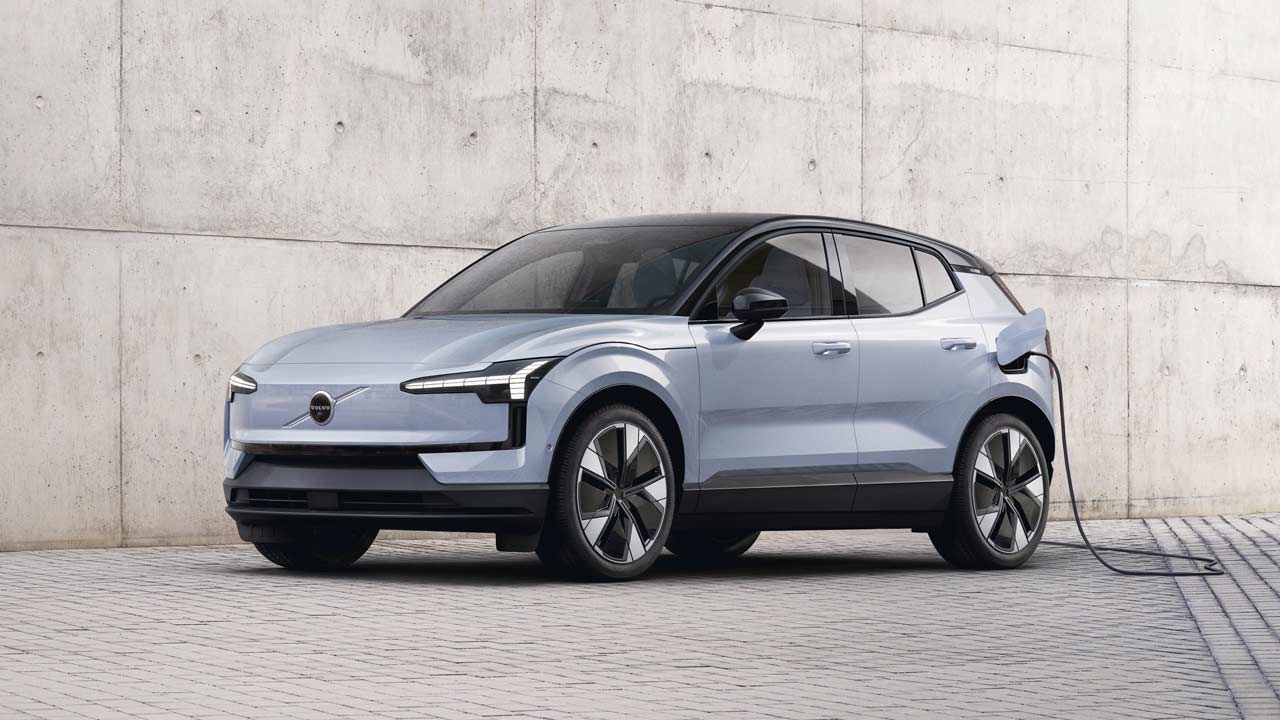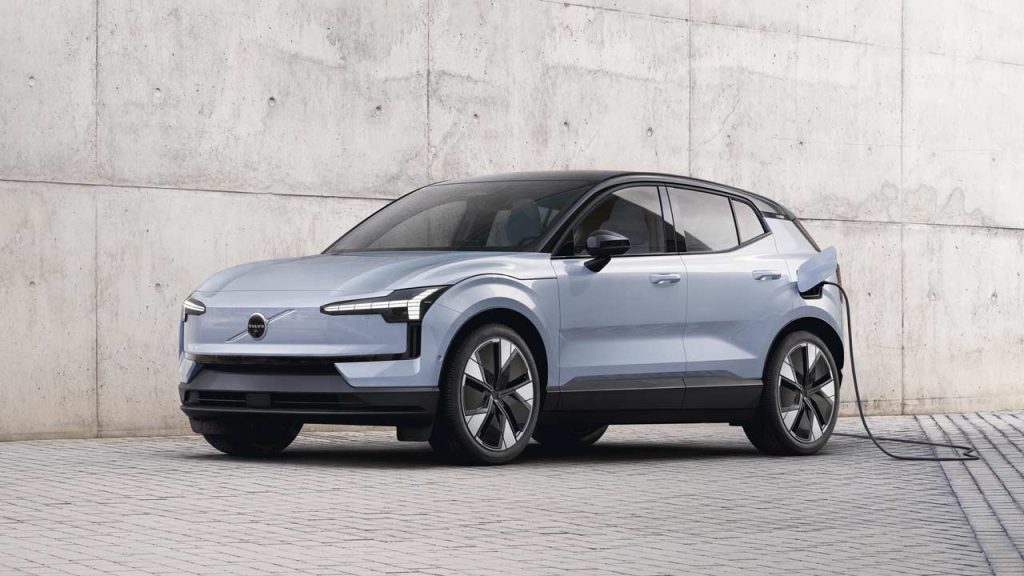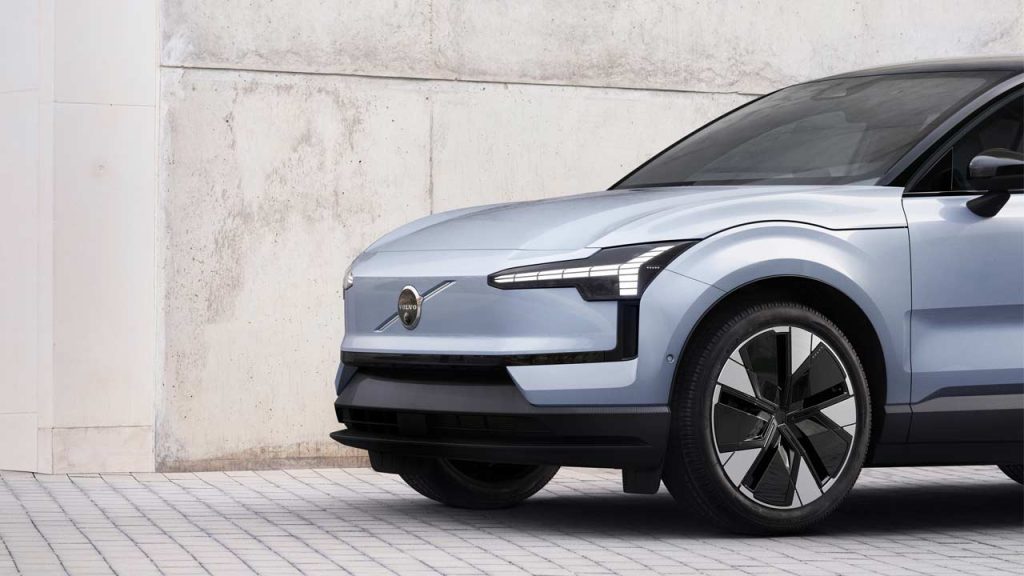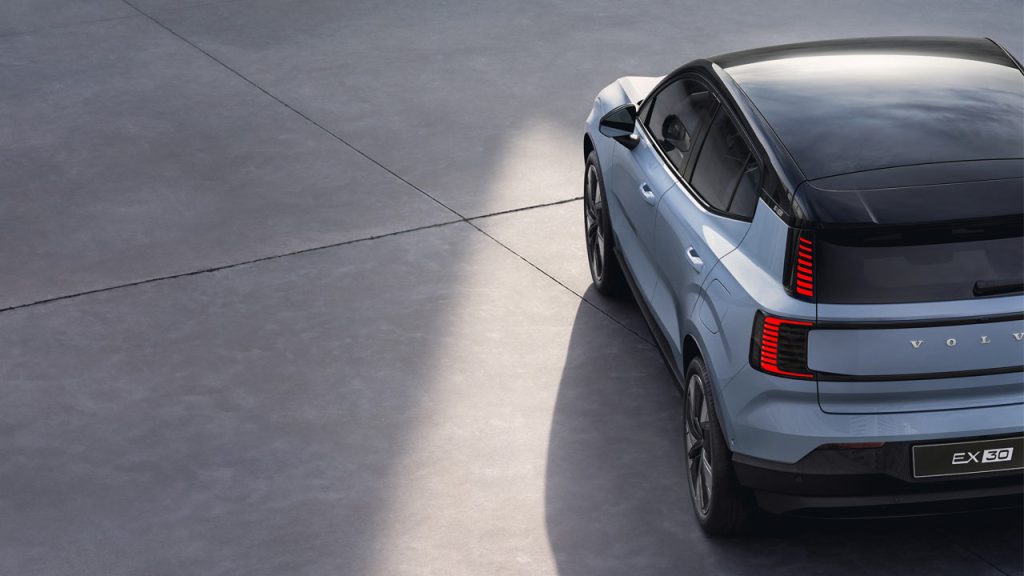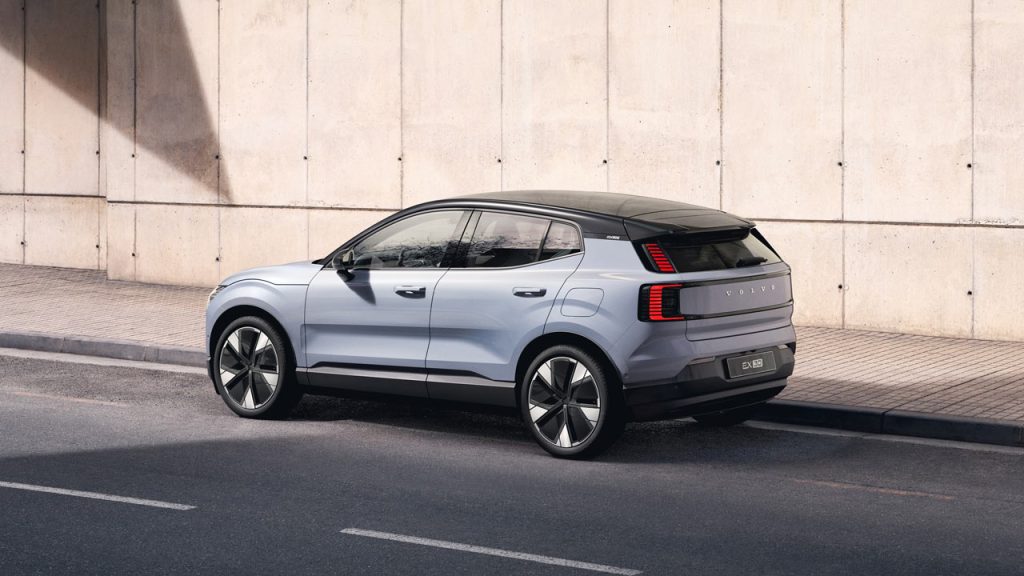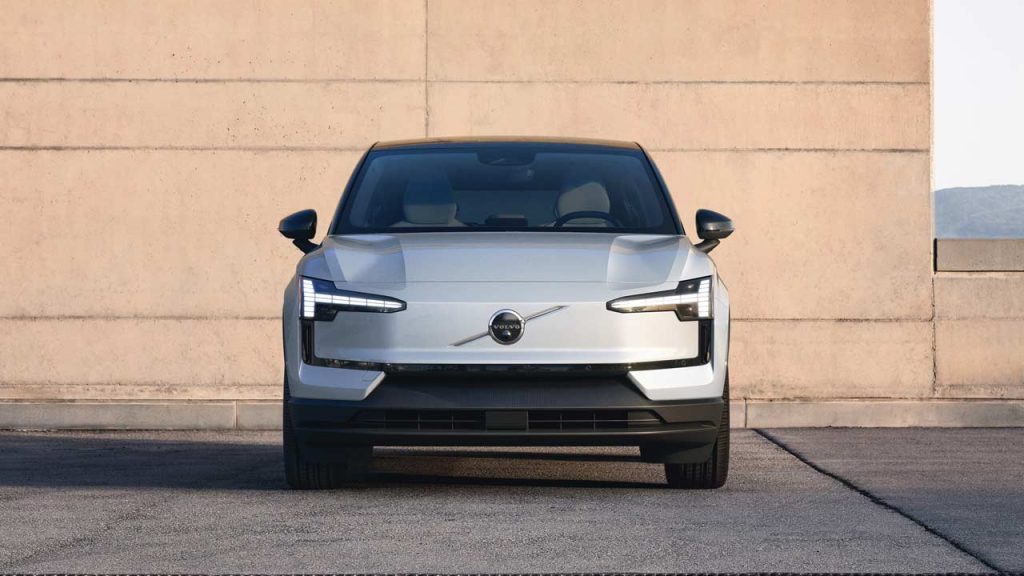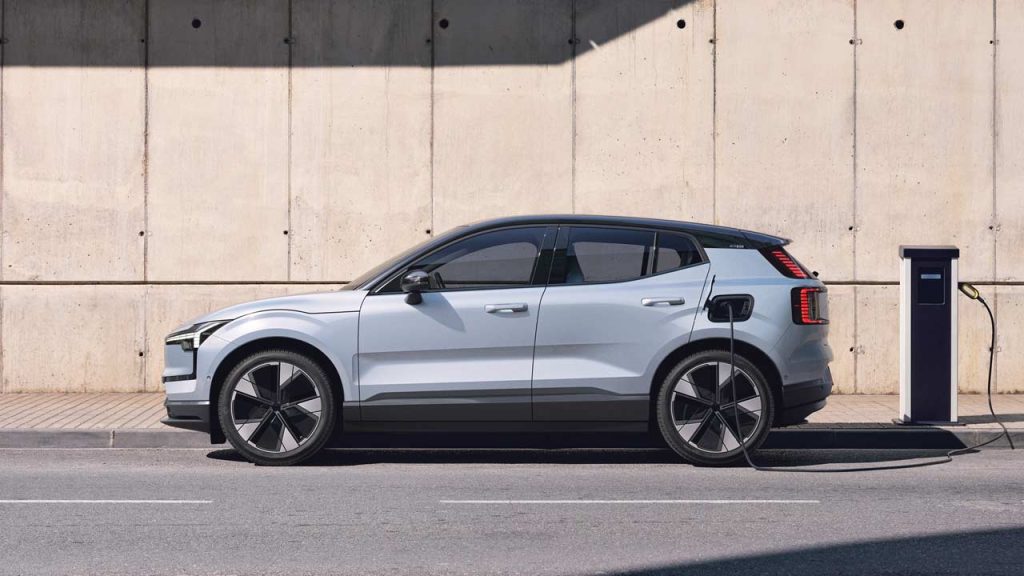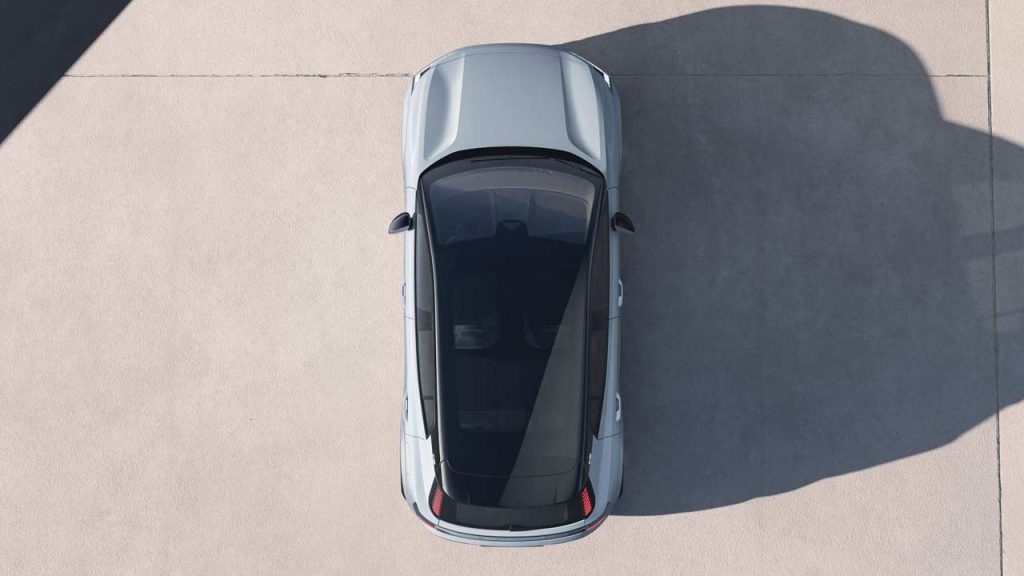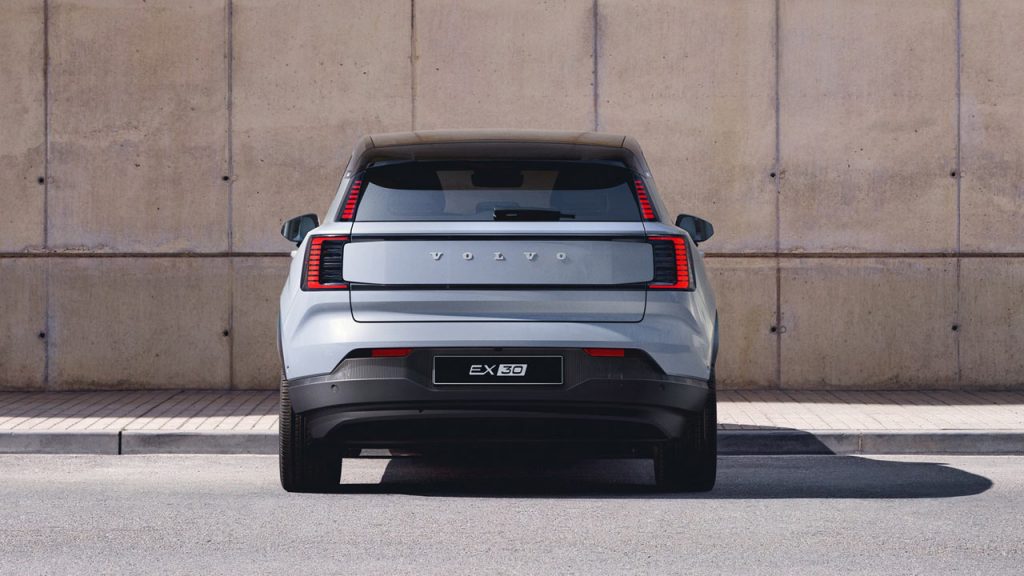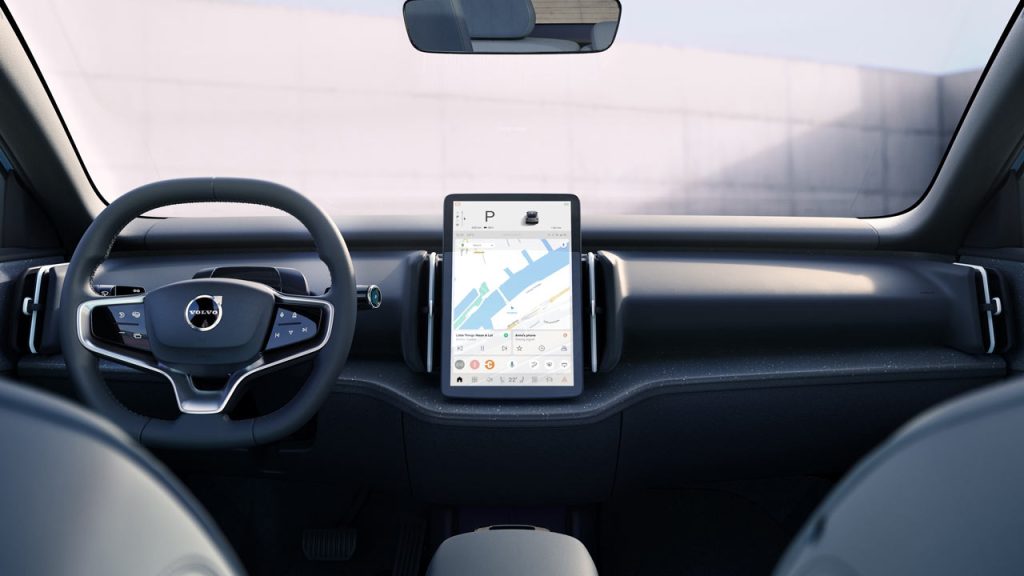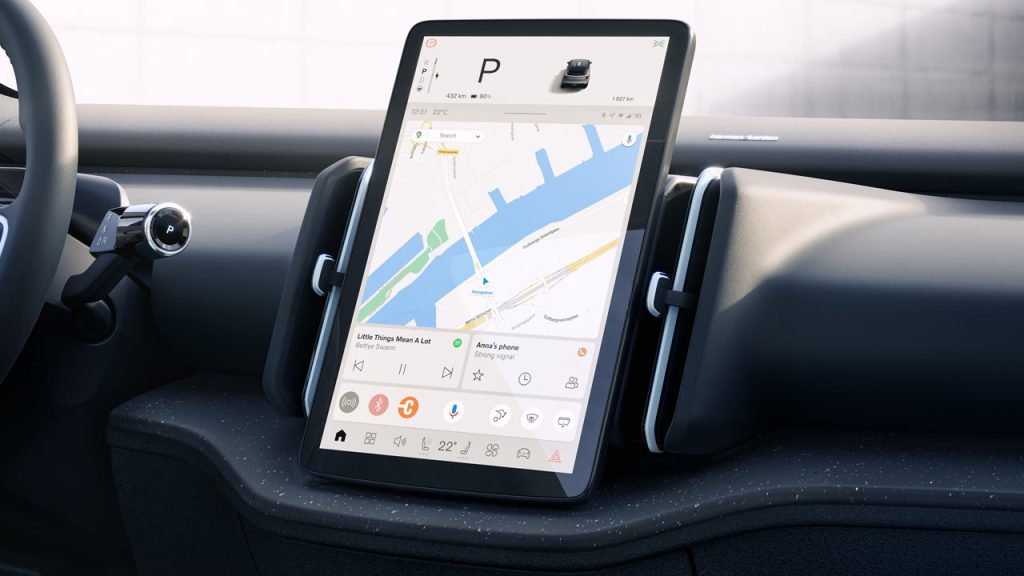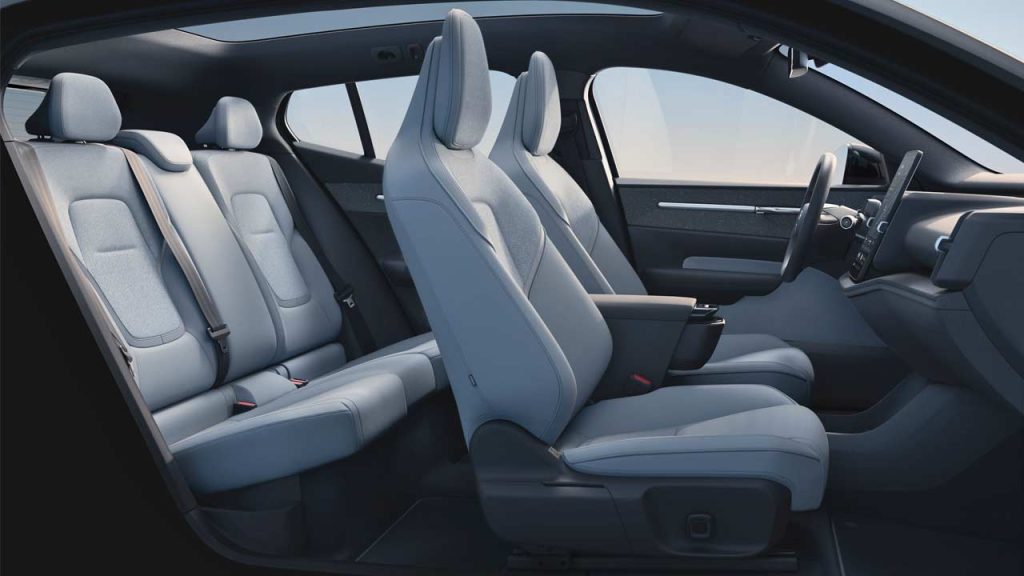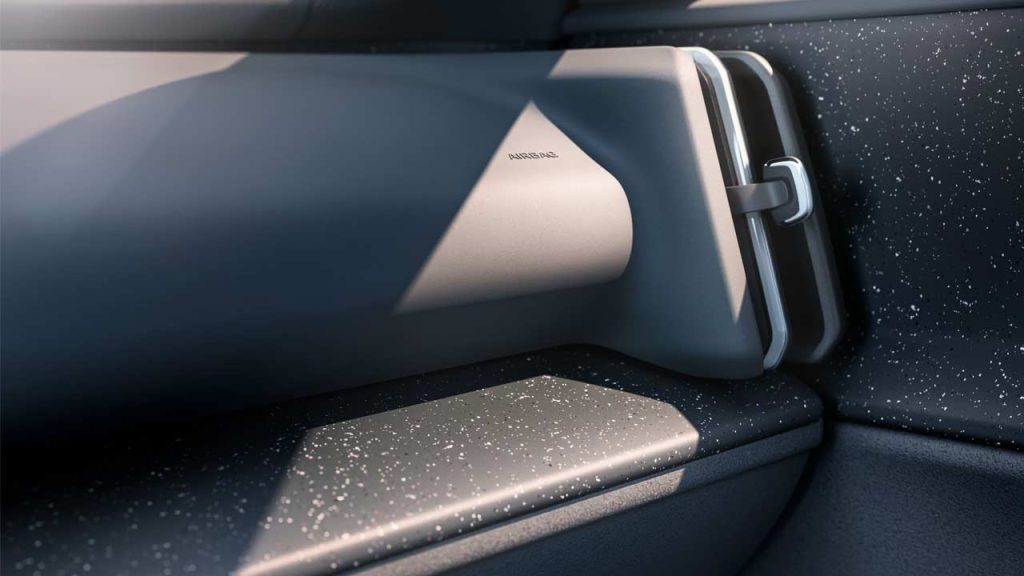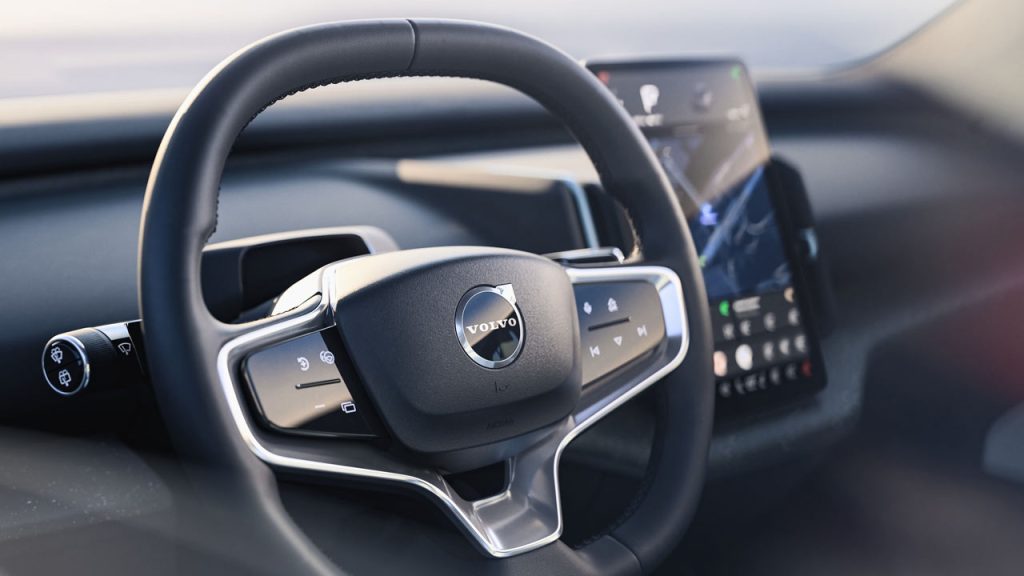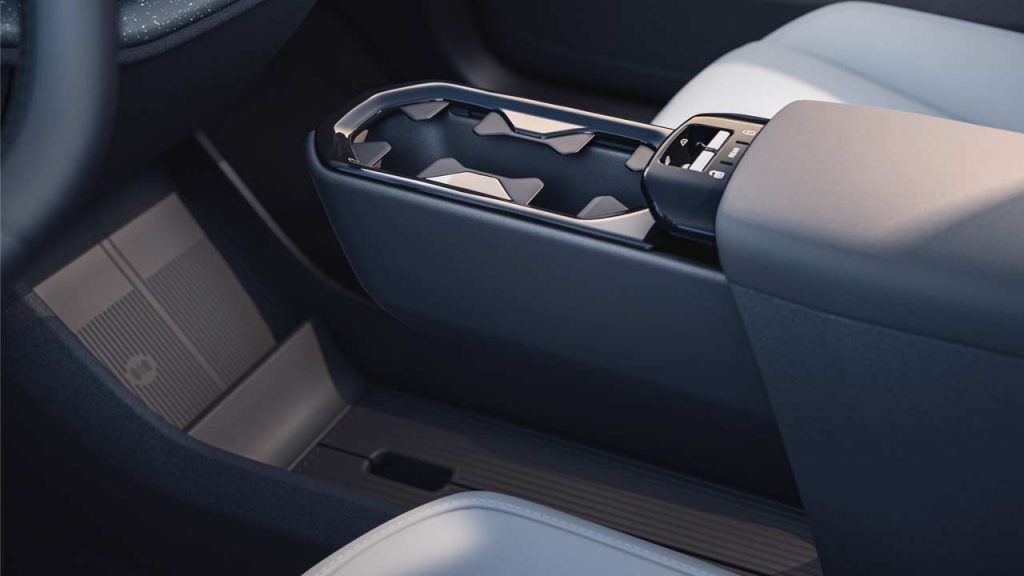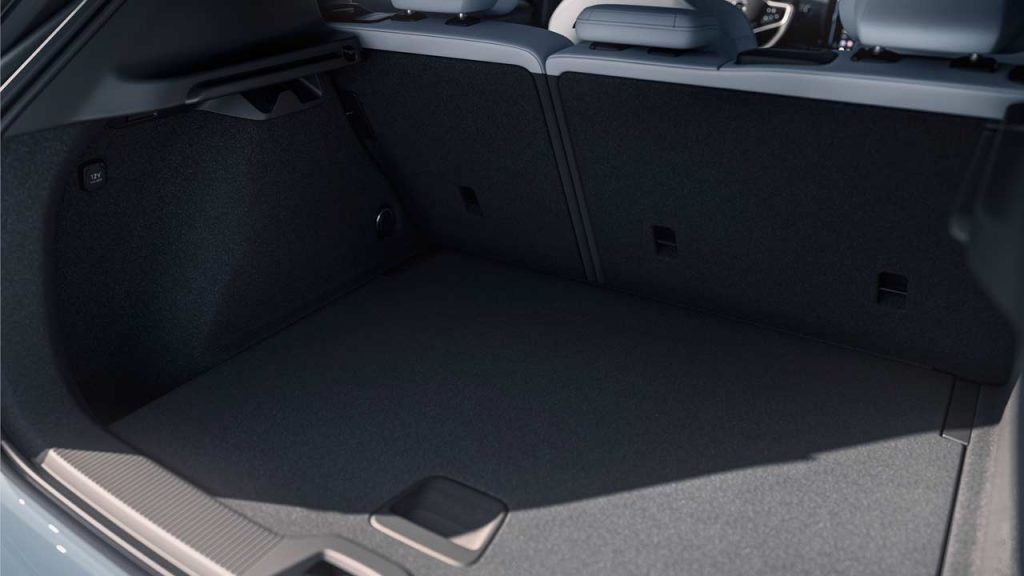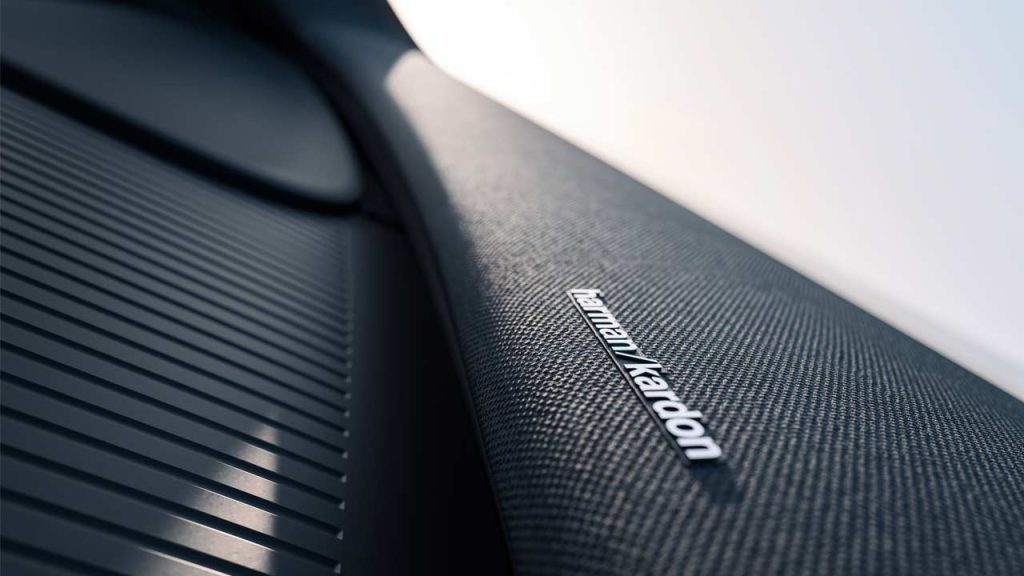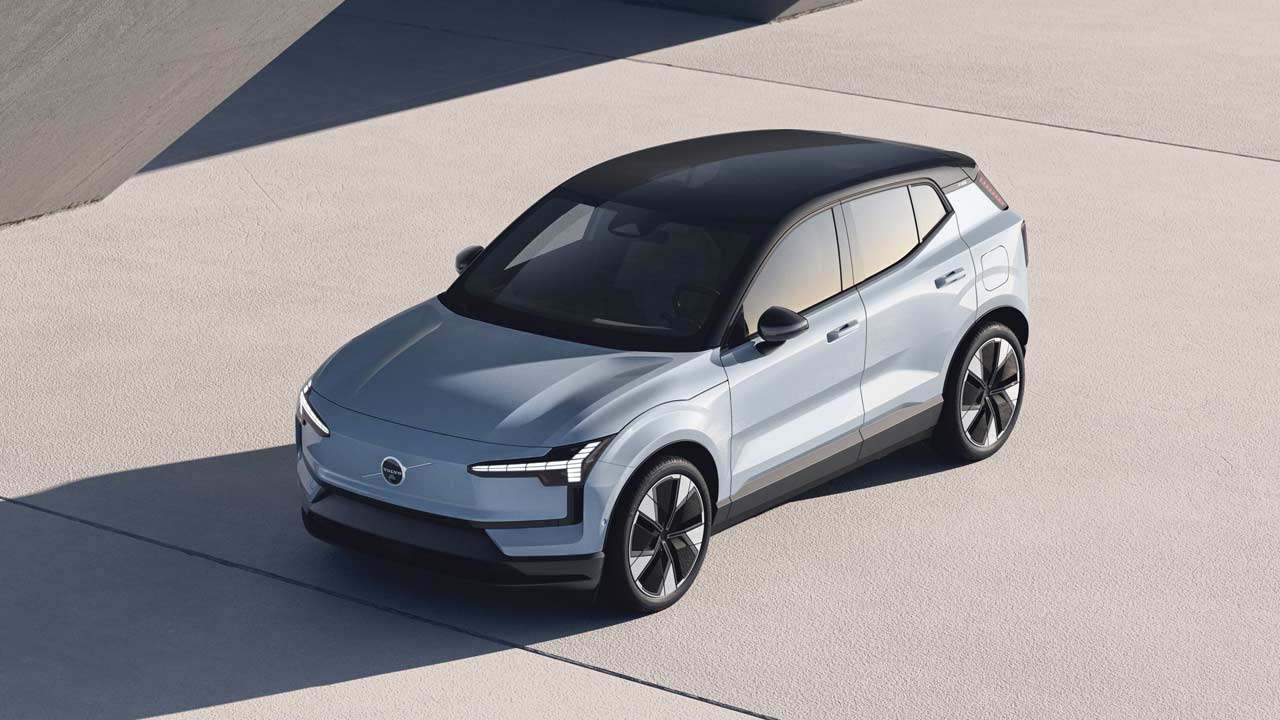On a planet with a homo sapien population of over 8 billion (and counting), being small—when it comes to a practical car—can be a great luxury. I mean, you can’t drive around in an X7 or a GLS every time and on every crowded little road you find in your bustling metropolis. You gotta give people the luxury of choosing a small luxury SUV, and that is what I think the Lexus LBX is mostly about, and of course, the Volvo EX30—which is the topic of today.
Prices in the UK start at £33,795 (also available for subscription starting at £474.83/month), and if you live in Germany, the small crossover carries a starting price tag of €36,590 (subscription starts at €599/month). U.S. prices start at $34,950, a difference of $18,600 compared with the XC40 Recharge starting price.
Until the EX30 came along, the XC40 was, of course, the brand’s smallest offering. But this is an even smaller package—which should attract the men and women of metropolises around the world in large numbers. As is the case with new Volvos and Polestar models, the design looks chic, clean and very sophisticated; so much so that Apple could happily re-badge and sell it. I mean, the design team knows what they’re doing. The same is true with the Hyundai Group design team; Hyundai designs might look very busy as opposed to clean-looking Volvos, but they know what they’re doing. But unfortunately, I don’t have the same opinion on the BMW design team; I think they’re absolutely clueless, and I’m pretty sure I’m not the only one saying that.
But anyway, the EX30 measures (UK spec) 4,233 mm long, 1,836 mm wide (excluding mirrors) and 1,549 mm tall, with a wheelbase of 2,650 mm. Depending on the variant/option, the wheels measure 18- or 19-inches. While the EX30 is obviously smaller than the XC40, you’ll probably be glad to know that it is larger than the aforementioned Lexus LBX. But the EX30 is smaller than the smart #1 we saw over a year ago. Volvo claims a turning circle of 10.6 m (vs XC40’s 11.4 m).
On the inside, the design looks just as simple, minimalistic and sophisticated as the outside. The so-called particle decor you see on the dashboard and door panels is made from recycled plastic waste sourced from discarded PVC window frames and roller shutters. Yup, gotta have those, right? The patterned 3D knit seat upholstery is also partly sourced from recycled material, and of course, the floor mats are made of discarded fishing nets and other discarded stuff.
Other key highlights include a portrait-style 12.3-inch touchscreen; Google built-in; a squarish steering wheel with touchy controls; heating function for the steering wheel; heated front seats; two-zone climate control; several places to keep your bits & bobs in addition to the vehicle’s 318-litre luggage space; flat-folding two-split rear seat; wireless smartphone charging; four USB ports; 5G capability, and of course, there’s an optional 9-speaker Harman Kardon audio system with a soundbar that stretches across the entire top of the dashboard. As for ADAS, you got all the usual stuff, including a new generation of the Park Pilot Assist with a 3D user interface.
Moving on to the juicy bits of the story then, the EX30 is gonna offer single-rear-motor rear-wheel-drive and dual-motor all-wheel-drive options.
The single-motor variant offers 200 kW (272 metric hp) and 343 Nm (253 lb-ft), with an official 0-100 km/h (62 mph) sprint time of 5.7 seconds and a top speed of 180 km/h (112 mph). The standard battery pack is gonna be a 51 kWh LFP (lithium iron phosphate) unit, offering an estimated combined range of up to 344 km (214 mi) and a city range of up to 475 km (295 mi). If you opt for a 69 kWh extended-range pack with NMC chemistry (lithium, nickel, manganese and cobalt), then the estimated ranges are 480 km (298 mi) and 662 km (411 mi), respectively. The 0-100 km/h sprint time in this case drops to 5.3 seconds, for fairly obvious reasons.
The dual-motor Performance variant boasts 315 kW (428 metric hp) and 543 Nm (400 lb-ft), with an official 0-100 km/h sprint time of 3.6 seconds. The top speed, however, remains limited to 180 km/h. The 69 kWh pack is estimated to offer a combined range of up to 460 km (286 mi) and a city range of up to 635 km (395 mi).
As for the charging capacities, the standard battery pack can handle up to 134 kW while the bigger one can take up to 153 kW.

Leave a Reply
Note: Comments that are unrelated to the post above get automatically filtered into the trash bin.
